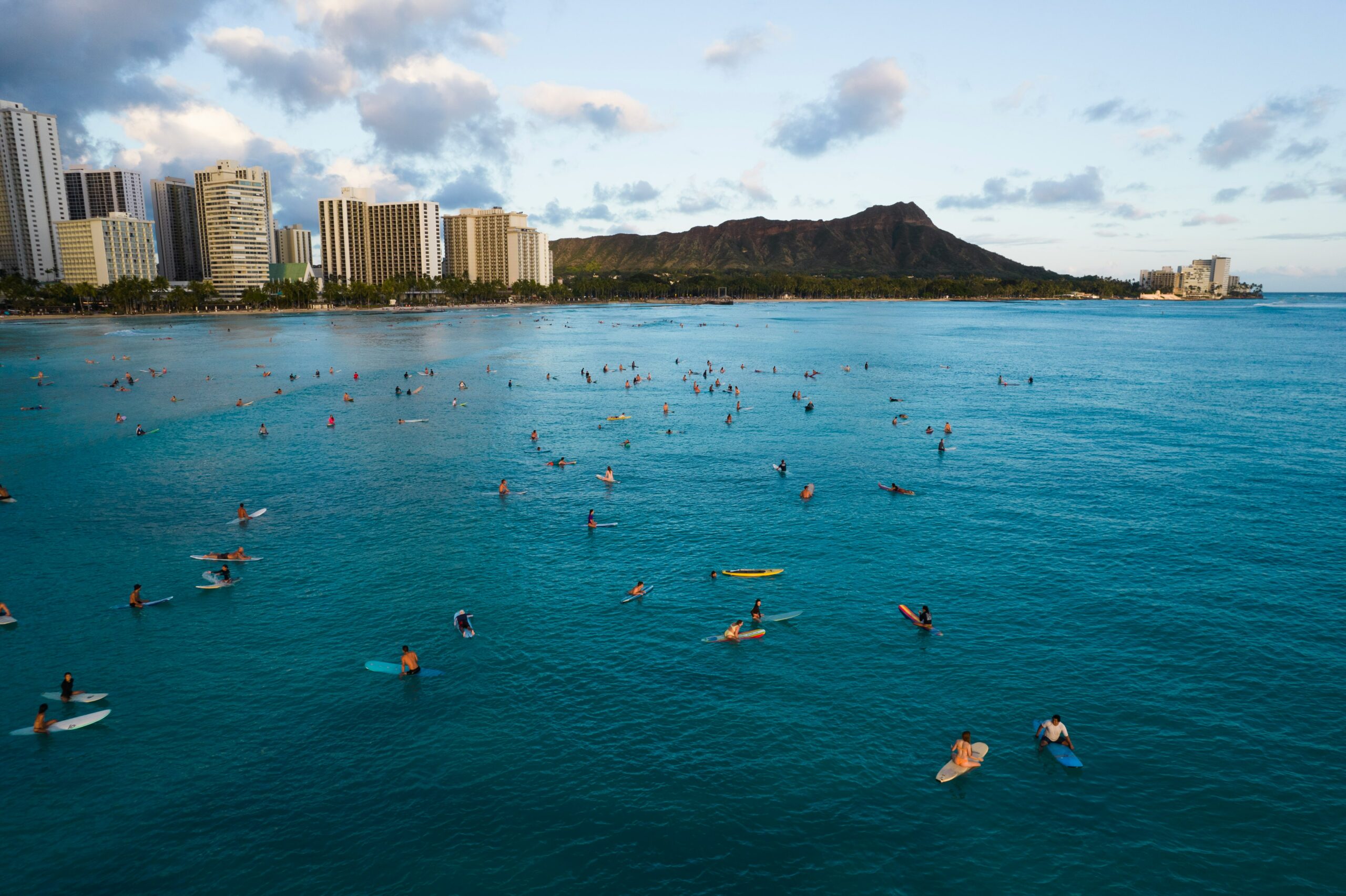
Policy Update
Hawaii Advances Bill to Increase Water Safety and Boost Water Recreation
April 1, 2025
Overview
Hawaii legislators are advancing a bill (H.B.1234/S.B.1223) that would establish a water safety education pilot program to address youth drowning, a leading cause of death for children across the United States. Sponsored by State Representative Jeanne Kapela and a bipartisan cohort, H.B.1234 passed the House on February 28 and was recently referred to the Education and Ways and Means Committees in the Senate.
Despite a decline in drowning deaths over the past few decades, youth drowning remains a persistent crisis. Across the United States, drowning is the number one cause of death for children ages one to four, and the second leading cause of death for children ages five to 14, after motor vehicle crashes. Over 4,500 people in the United States die every year from drowning, and at least three times as many experience traumatic and often debilitating non-fatal drowning. Drowning also costs the U.S. Economy an estimated $53.22 billion annually.
- The Benefits of Water Recreation: Water recreation offers numerous and unique benefits to children. Swimming and water play promote coordination, balance, and low-impact exercise equivalent to 1.5 times as much exercise on land. Youth report consistent mental health benefits from swimming, especially outdoors, and enjoy water-based exercise significantly more than exercising on land.
Key Components
Hawaii lawmakers are aiming to restore healthy relationships to water through a partnership with the Department of Education. To achieve this vision, Hawaii H.B.1234/S.B.1223 would:
- Establish a Water Safety Program: The water safety education pilot program would be funded for two fiscal years and implemented in public schools to reduce drowning rates among children and young adults.
- Focus on Proximity: The program would be established at all elementary schools located within 1.5 miles of a public swimming pool, aiming to equip students with essential water safety knowledge, safe behaviors, risk management, and aquatic motor skills.
- Include Community Input: To best reach diverse communities and be culturally responsive, the program would be implemented in partnership with a community organization and take place during school hours as part of state physical and health education standards.
The Facts: Drowning Impacts Communities Differently
Systemic barriers in reaching public swimming areas and pools have created a legacy of inequality in water recreation facilities, rescue resources, and safety experience. Water safety preparedness is often influenced by demographics such as:
- Race and Cultural Background:
- Native Hawaiians and Pacific Islanders are about 27% of Hawaii’s population, yet make up 36% of resident drowning deaths.
- Black and Indigenous youth are up to twice as likely to die by accidental drowning compared to white youth.
- Income: 79% of children in households with incomes less than $50,000 have few to no swimming skills.
- Geography: Children in rural areas are twice as likely to die by accidental drowning.
- Gender: Boys and men remain more likely to be exposed to water risk factors and make up nearly 80% of all drowning deaths.
Other State Action on Safe Water Recreation
As Hawaii advances its water safety bill, other states are also taking various approaches to improve access to safe water recreation and prevent youth drowning.
- California A.B.1005 (2025, Introduced): Authorizes public schools to distribute drowning prevention informational materials to parents and guardians, as well as establishes the Swimming Lesson Voucher Pilot Program to increase water safety by offering free swimming lessons to children under 18 from lower-income families.
- Maryland H.B.303 (2023, Enacted): Clarified and strengthened pool safety building codes and guidelines that previously disproportionately endangered youth of color.
- Washington S.B.5597 (2025, Introduced): Updates regulations for water recreation facilities beyond pools and spas, sets safety and health standards, requires permits and insurance, and empowers state and local health jurisdictions (and other agencies) to adopt rules to prevent drowning and injury.
Additional Resources
Learn more about outdoor safety and drowning prevention by exploring the following: